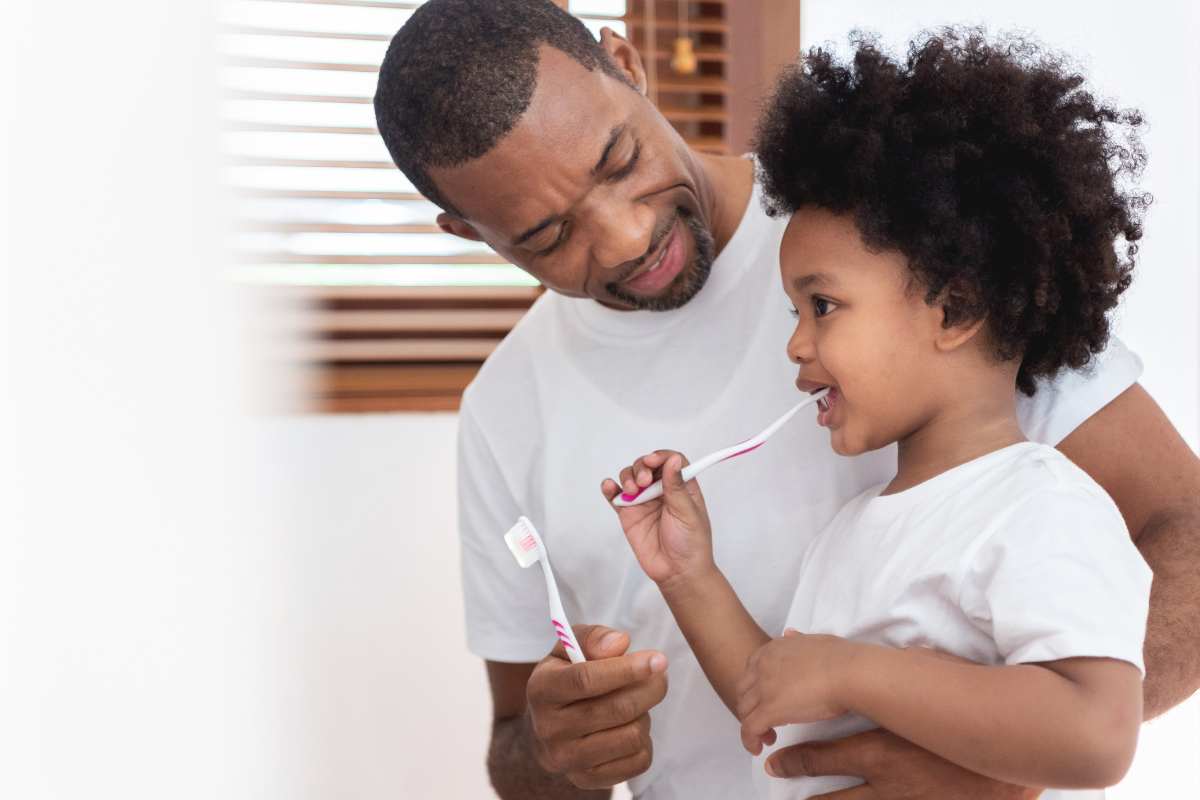Vroom in Maryland
Vroom Tips™ make brain science simple. Three core principles guide the tips, and they're the same ones that guide the science behind our Brain-Building Toolkit. That's why Maryland Essentials for Childhood collaborated with Vroom to bring these resources to Maryland.
The three core principles are:
- Positive Adult-Child Relationships
- Back and Forth Interaction - what we like to call "serve and return"
- Life Skills that Promote Executive Function
We all can help children thrive, one moment, one connection at a time!
How to Use Vroom
On the App
Download the app and get 1,000+ activities to help your child's brain grow. Available in English and Spanish.
Vroom Tips™ for Children Ages 0-5
Get 1000+ ideas to build positive connections with children ages 0-5 every day. You can personalize your tips by age. Every tip comes with information to put it into action and Brainy Background™ information that explains the science behind the tip. Read sample tips below.
Vroom is for Everyone
Get printable Tip sheets for grown-ups, educators, and community groups.
Print these out and spend a few minutes a day helping a child's brain grow strong.
Community Groups
Encourage parents to use the tools, and provide handouts for parents and caregivers.




